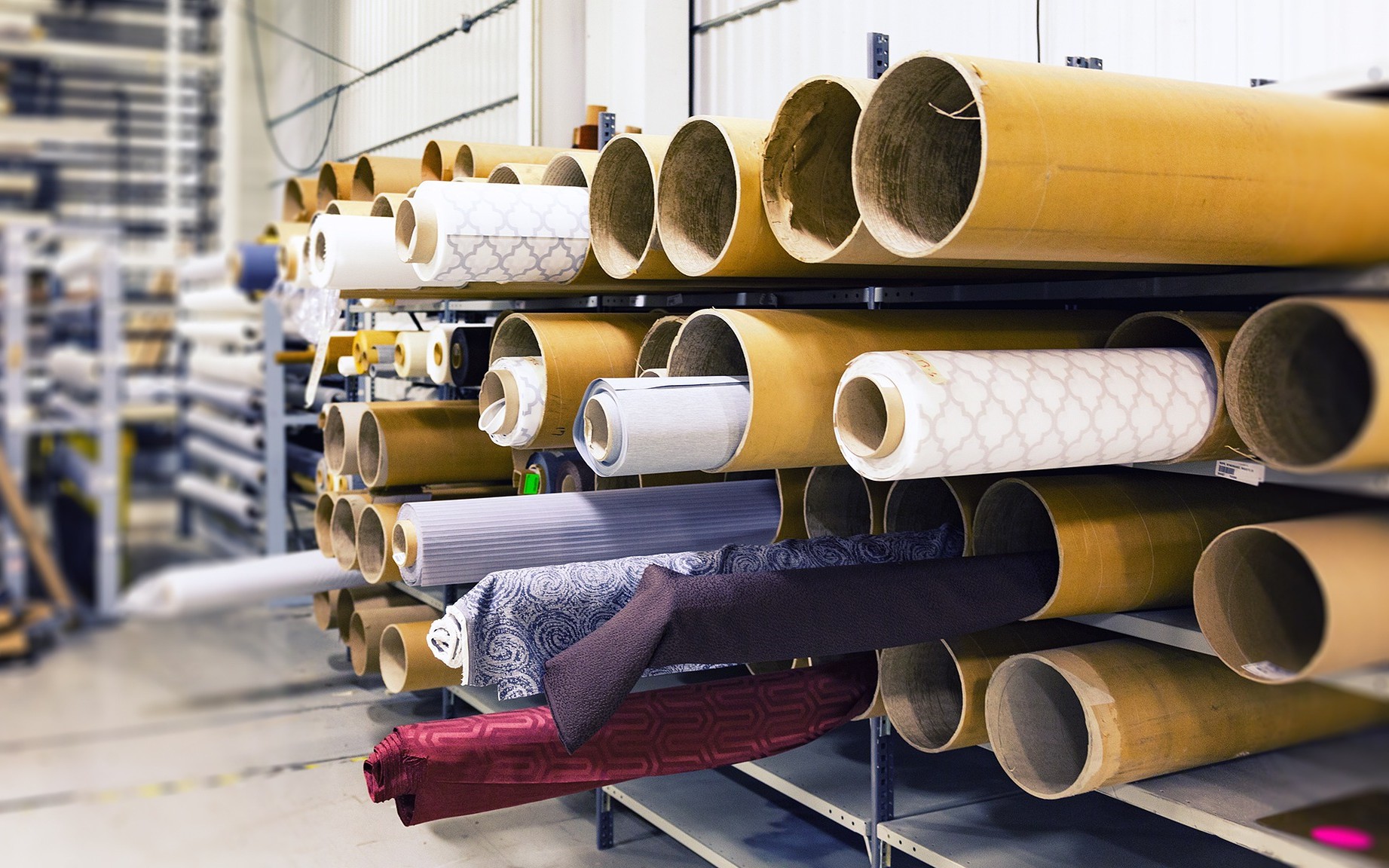
Are China taking over production as textile orders shift from India?
When it comes to global textile giants, India has to be mentioned. As the second-largest textile manufacturer and exporter after China in the world, the main products of the Indian textile industry include cotton textiles, man-made fibers, wool products, silk, jute, hand-woven, carpets, handicrafts, and garments. According to the ministry’s annual report, textiles account for 2% of India’s GDP and contribute 7% of its industrial output.
The textile industry is also one of the largest sources of employment in India, with more than 45 million people directly employed, and more than 65 million people working in related sectors. It includes a large number of women and rural people. The traditional textile industry, dominated by handlooms, handicrafts, and small electric looms, is the largest source of employment for millions of people in rural and semi-urban areas in India and accounts for more than 75% of the country’s total textile output.
Recently, there have been rumors in the domestic market that due to the impact of the epidemic in the Indian textile industry, a large number of textile orders have been transferred to Chinese textile factories.
As the world’s second-largest textile manufacturer and exporter after China, India has a strong raw material base and manufacturing strength as well as cultural uniqueness in the textile and garment industry. However, in 2020, COVID-19 and the lockdown measures severely hit the global economy, and India’s textile and garment industry has not been spared.
Praveen Bafna is a well-known brand in India. It has been in the apparel industry for 79 years. For them, the impact of the epidemic is unprecedented – They could have produced up to 6,000 menswear a day, but the output dropped to zero in April. After the lifting lockdown in May, they have to start from scratch, slowly working their way back from 1,000 to 4,000 suits a day.
Bafna said that, if annual sales can recover to 40% to 50% of last year’s, then it would be enough.
A textile trade company in Hebei, China also said that the surge in overseas orders in September has allowed the company to add 20 circular knitting machines. The number of skilled packers has increased by at least 1.5 times this year, and it may even need to hire temporary workers at the busiest times.
A private enterprise in Zhejiang received a large export order for thousands of tablecloths from the international brand ZARA. The order was originally produced by an Indian textile company. The company said that the ZARA order was indeed produced by Indian companies before. However, from April to May this year, the composition of tablecloths were said to be modified, change from terylene to linen. Indian companies claim that it will take about 2 months to complete, but the Zhejiang factory can do it all at once in 7 days. The order accounted for more than 60% of the company’s production capacity, and the company’s order in June suddenly increased by 4 to 5 times.
From manufacturing in the past to technological production in the future, China is always creating value and providing unlimited possibilities for global trade. It is worth mentioning that, despite many promoting the “manufacturing shift”, China still has the potential which is beyond imagination. Located in the Greater Bay Area of China, GBI creates opportunities and value for you. GBI helps you in product sourcing, price negotiation, factory audit, QC, legal support, and after service. Since the outbreak of the COVID-19, GBI has successfully helped more than 10 countries import medical supplies. Making you more resilient in the global value chain and protect your business and family from beginning to end is what we are doing. Get in touch with us to start a profitable business NOW!



